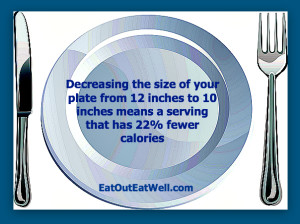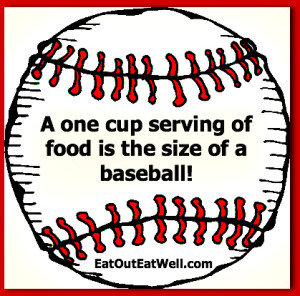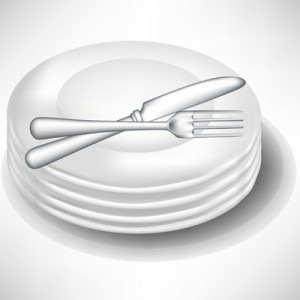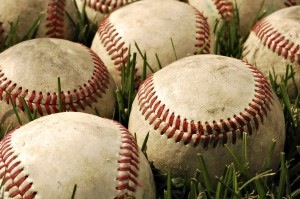 Does the size of your plate make a difference other than for convenience? You bet it does.Since 1960, the size of the average dinner plate has increased 36%. Today’s dinner plate measures 11 to 12 inches across — a few decades ago they were 7 to 9 inches. A European plate averages 9 inches and some restaurants use plates that are about 13 inches across.
Does the size of your plate make a difference other than for convenience? You bet it does.Since 1960, the size of the average dinner plate has increased 36%. Today’s dinner plate measures 11 to 12 inches across — a few decades ago they were 7 to 9 inches. A European plate averages 9 inches and some restaurants use plates that are about 13 inches across.
We Feed Our Stomachs And Our Eyes
We eat most of what’s on our plate regardless of the size of the plate.
Six ounces of cooked rice with a little chili looks like a good-sized portion on an 8 inch plate. The same amount on a 12 inch plate would look paltry and most of us add more — increasing both the portion size and the calories.
When you switch to a smaller plate you eat a smaller serving. You eat, on average, 22% less when you switch from a 12 inch plate to a 10 inch plate.
Go Small – But Not Too Small
It sounds too good to be true, but using smaller dishes can also help you feel full even when you’re eating less. Studies show that people are more satisfied with less food when they’re served on 8 inch salad plates instead of on 12 inch dinner plates.
But — be careful not to go too small with your plate. With too little food you might end up going back for seconds. A plate 2 inches smaller than the one you normally use is probably about right.



